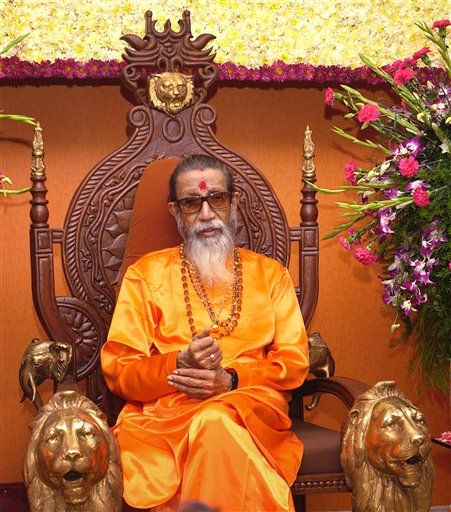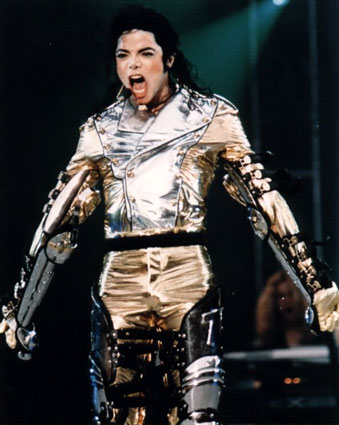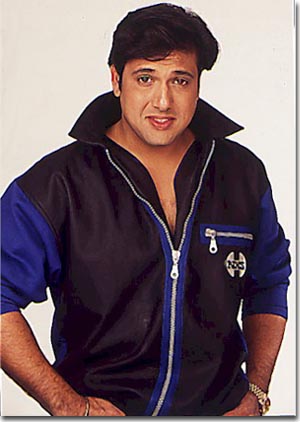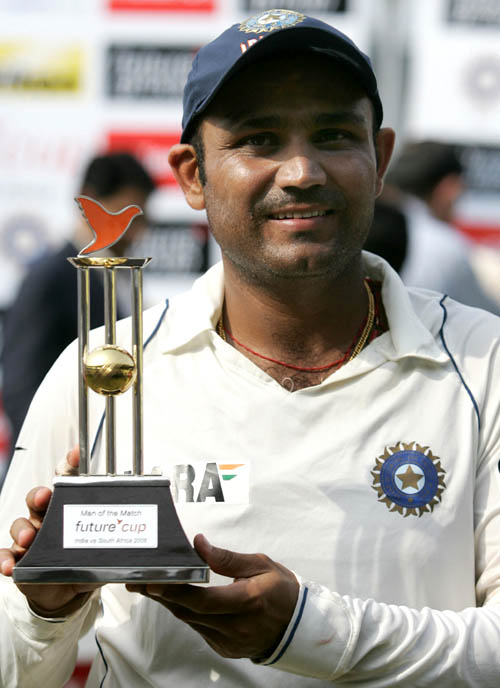Hemant Karkare
From Wikipedia, the free encyclopedia
| Hemant Karkare | |
|---|---|
| Indian Police Service officer | |
| 12 December 1954 [1]–26 November 2008 (aged 53) | |
| Place of birth | Nagpur, Maharashtra, India |
| Place of death | Mumbai, Maharashtra, India |
| Service branch | Anti-Terror Squad |
| Year of service | 1982-2008 |
| Rank | Joint Commissioner of Police (ATS Chief) |
| Awards | Ashoka Chakra |
Karkare succeeded KP Raghuvanshi as the Chief of ATS in January 2008 and was eventually succeeded by Raghuvanshi after he was killed on 26 November 2008. He was involved in the investigation of the serial bomb blasts in Thane, Vashi and Panvel, and led the investigation of the 29 September blast in Malegaon.[3]
Contents[hide] |
[edit] Education and career
| | This section does not cite any references or sources. Please help improve this article by adding citations to reliable sources. Unsourced material may be challenged and removed. (June 2010) |
He joined the Indian Police Service (IPS) as a member of the 1982 batch. Before becoming ATS Chief of Maharashtra State in January 2008, he was Joint Commissioner of Police (Administration) of Mumbai Police.[citation needed] He served seven years in Austria in the Research and Analysis Wing (RAW), India's external intelligence agency. According to former senior Mumbai Police officer Y.C. Pawar, Mr. Karkare was regarded as 'very, very honest' in police circles.(Times of India Nov.28 2008)
[edit] Malegaon investigation
On 29 September 2008, three bombs exploded in Modasa, Gujarat and Malegaon, Maharashtra killing eight persons, and injuring 80. Several unexploded bombs were found in Ahmedabad, Gujarat. Hemant Karkare, as the chief of the state Anti-Terror Squad, led the investigation into the 2008 Malegoan blasts.[4] In late October the ATS arrested eleven suspects, and alleged that some radical Hindu groups were behind the blasts.[5][6]Opposition parties, including the Bharatiya Janta Party and Shiv Sena, and Hindu organizations alleged that the arrests were made under the pressure of the incumbent government, in an attempt to appease India's Muslim population.[7][8] Some BJP, Rashtriya Swayamsevak Sangh (RSS) and Vishva Hindu Parishad (VHP) leaders accused the ATS of being used as a tool to attack the Sangh Parivar and of using illegal detention and torture.[4][6]
[edit] Death
At 9.45 p.m. while having his dinner at his Dadar residence, he received a call about a terrorist attack at C.S.T. (earlier V.T.) station. He switched on the TV for news and left at once with his driver and bodyguards for C.S.T. There he donned a bullet-proof vest and helmet (shown on news channels live), and went to Platform No.1, but found it deserted. He was then informed that the terrorists had moved to the Cama and Albless Hospital ("Cama") next to the Azad Maidan police station. At the police station he met Addl. Commissioner, East Region Ashok Kamte who was summoned for his cool temper and negotiation skills and Sr. Inspector Salaskar, who was returning from Colaba after interrogating detained persons.The operation was difficult as it was dark and the terrorists were well prepared and virtually on a fidayeen mission. The officers, with a few constables, went into Cama from the back and Kamte fired at the terrorists. The terrorists retaliated with a hand grenade. Kamte then suggested confronting the terrorists from the front entrance of Cama. A couple of constables were left stationed at the back entrance of Cama, while the rest boarded a Qualis jeep. Salaskar asked the driver to let him take over at the wheel. About that time, they heard on the wireless that the terrorists were hiding behind a red car.
As they turned from the Crime Branch office towards Rang Bhavan looking for the red car, near the Corporation Bank ATM, they saw a terrorist running. Kamte or Salaskar - or both - fired, the bullet hitting the terrorist on his arm, his AK-47 fell down. He was Kasab, the lone terrorist captured alive later. As they were thinking of getting down, a second terrorist, Ibrahim Khan appeared and fired a volley of bullets at them. All but one Assistant Police Inspector Jadhav died. ( Times of India 19 Dec. 2008 ) [9]
Hemant Karkare, Ashok Kamte, Salaskar and others laid down their lives fighting terrorists during the Mumbai attacks, on 27 November 2008 in a narrow lane between St. Xaviers College and Rang Bhavan, just a stone throw away from the Crime Branch office.
Indian Express quotes statements by Constable Arun Jadhav, who was with the officers Hemant Karkare, Vijay Salaskar and Ashok Kamte when they died.[10] The three officers and four constables had received information that Sadanand Date had been injured in the gunfire at the Cama and Albless Hospital for women and children. Located at Chhatrapati Shivaji Terminus (CST), a ten-minute drive from the hospital,[10] they took a Toyota Qualis and proceeded in that direction. Salaskar was driving, Kamte in the passenger seat, Karkare in the second row, and the four constables, including Jadhav, were in the back row of seating. According to Jadhav, five minutes later, two terrorists stepped out from behind a tree and opened fire with AK-47 automatic rifles. The six policemen, other than Jadhav, were all killed quickly in the gunfire. Kamte was the sole officer who managed to retaliate, wounding terrorist Ajmal in the arm.[11] The wounded Jadhav had no opportunity to render assistance. The two terrorists approached the vehicle, dumped the bodies of the three officers on the road and, leaving the constables for dead, proceeded to Metro Cinema. Upon arrival, they aimed three bursts of automatic fire at the police and press vehicles drawn up at that location, then drove off towards the government offices (Vidhan Bhawan) in South Mumbai. Here again they fired several times. While attempting to leave the area, one of the tires of the vehicle burst, so the terrorists departed to obtain another. At this point, Jadhav was able to contact headquarters. The bodies of the dead were recovered and taken to St George Hospital.
In an investigation, Headline Today, an Indian news agency, found that a substandard bullet proof jacket had been issued to Mr. Karkare. Though, according to the post mortem report, the quality of the vest was not a factor in his death[12] concerns in the media about the quality of the vest continue[13] because the vest itself was, according to Indian authorities, misplaced in the hospital.[14]











0 Comments